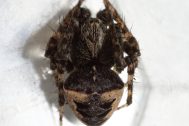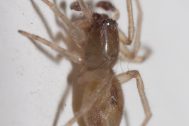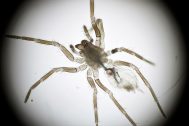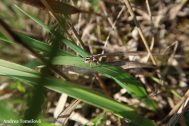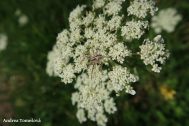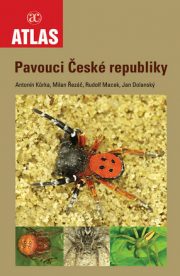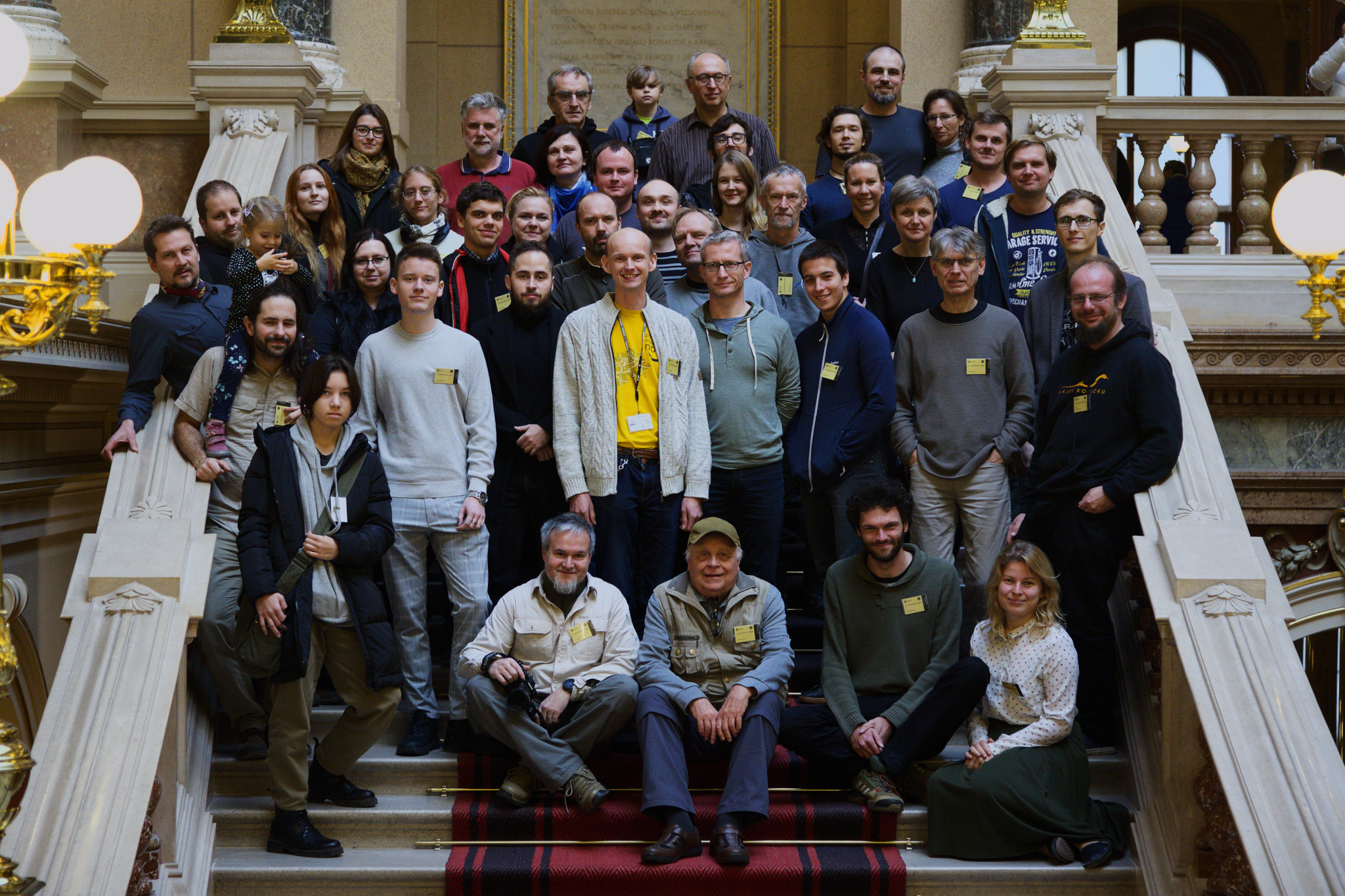
Členové ČAS na 119. semináři v Praze
O společnosti
V rámci 102. arachnologického semináře, konaného 11.10.2008 v Praze, byla na své valné hromadě společnost založena jako organizace, nahrazující Arachnologickou sekci při České společnosti entomologické. Při svém vzniku čítala 51 členů.
Česká arachnologická společnost je sdružení lidí se zájmem o pavoukovce. Vedle profesionálních vědeckých pracovníků v oboru arachnologie jsou jejími členy amatérští zoologové, chovatelé, fotografové a milovníci přírody.
Společnost pro své členy pořádá odborné semináře a exkurze a vydává sborník Pavouk, ve kterém informuje o aktuálním dění v oboru.
Členem se může stát osoba po dosažení věku 15 let, se členstvím je spjat členský příspěvek 200 Kč ročně. (Viz. Stanovy)
Členové jsou pravidelně informováni o probíhajících a plánovaných akcích, o dění v české i mezinárodní arachnologické komunitě, jsou jim zasílána aktuální čísla sborníku a mají přístup k databázi literatury.Registrace je možná zde.
Nejnovější fotografie
Nejnovější publikace
Pavouk 55 (12/2023)
Autoři: Mgr. Antonín Roušar, Mgr. Jan Dolanský, Jan Erhart, RNDr. Milan Řezáč, Ph.D., Mgr. Ondřej Machač, Ph.D., Ondřej Vaněk, RNDr. Petr Dolejš, Ph.D.Druhy: Pholcus alticeps, Carniella brignolii
Paralyzace pavouků. Paralysis of spiders. Pavouk 55: 14–16 (in Czech, English abstract)
Autoři: Jan ErhartPholcus alticeps ve volné přírodě. Pholcus alticeps in a wild. Pavouk 55: 12–13 (in Czech, English abstract)
Autoři: Mgr. Antonín RoušarDruhy: Pholcus alticeps, Pholcus opilionoides, Nelima semproni
Překvapení z překvapení. Surprise of surprises. Pavouk 55: 11 (in Czech, English abstract)
Autoři: Mgr. Antonín RoušarDruhy: Nigma walckenaeri, Drassodes lapidosus
Je Carniella brignolii (Araneae: Theridiidae) z Rumunska jiná? Is Carniella brignolii (Araneae: Theridiidae) from Romania different? Pavouk 55: 9–10 (in Czech, English abstract)
Autoři: Mgr. Antonín RoušarDruhy: Carniella brignolii

